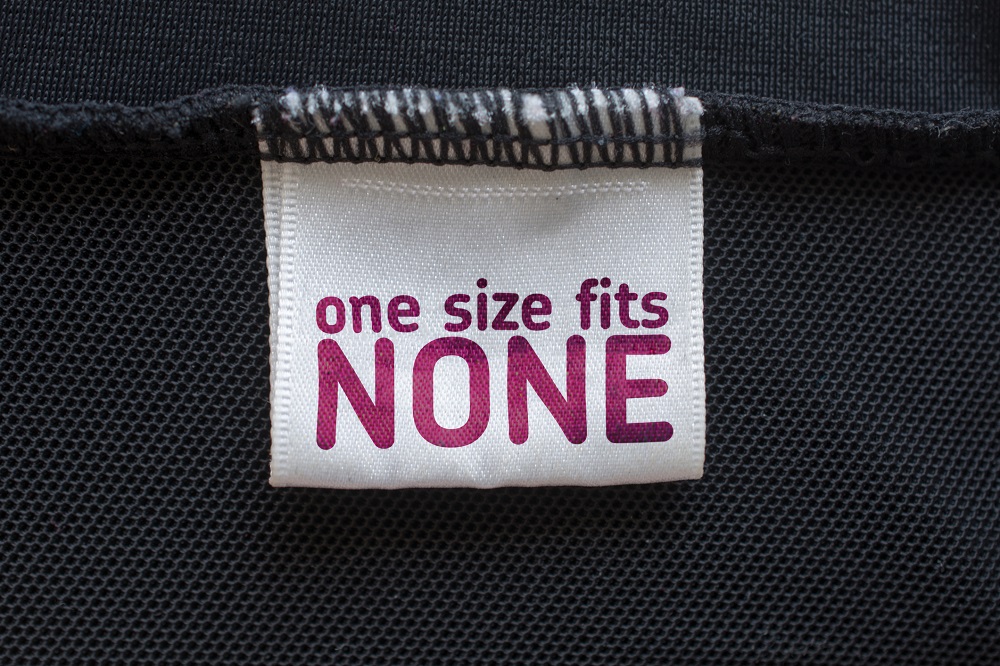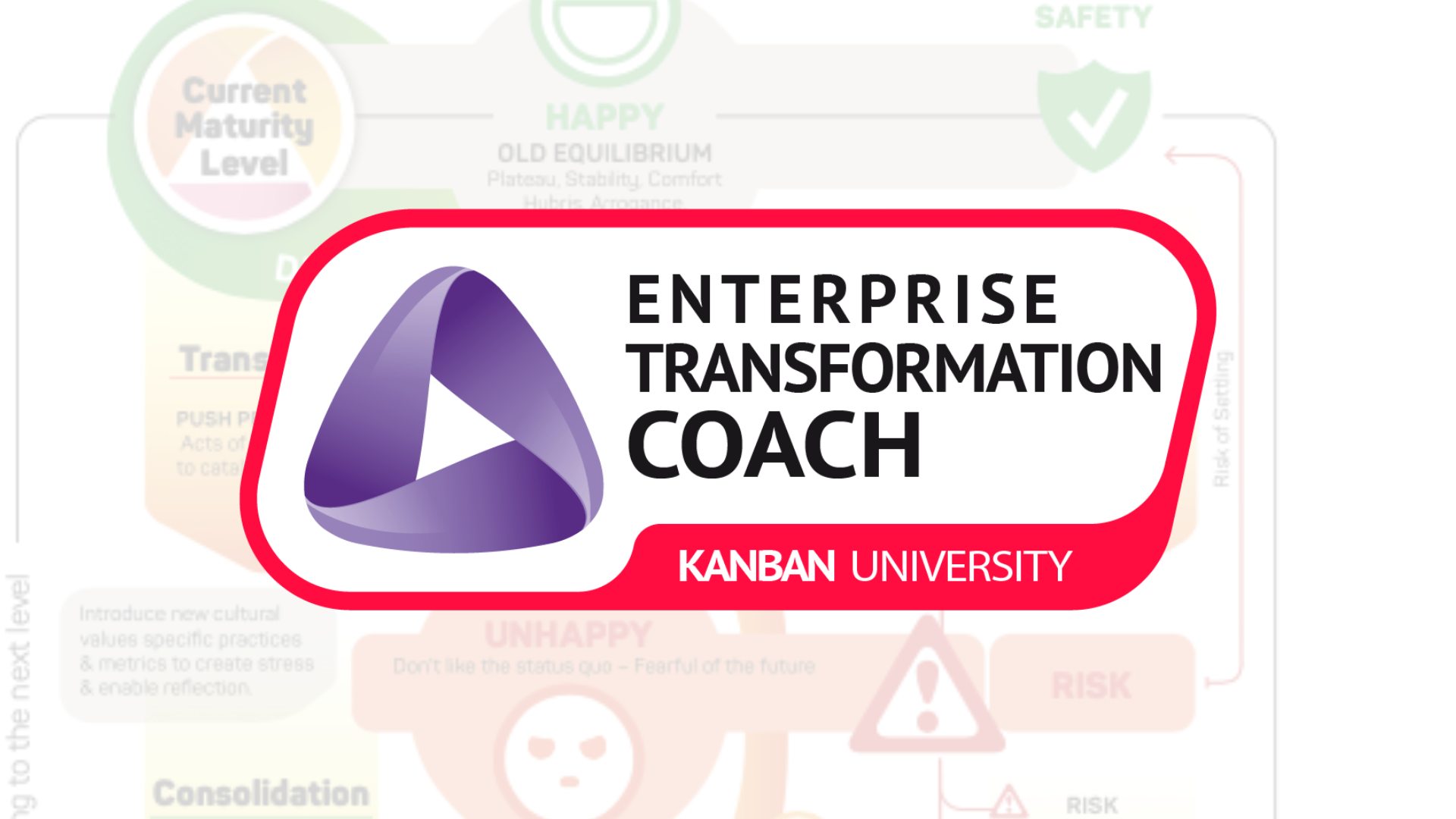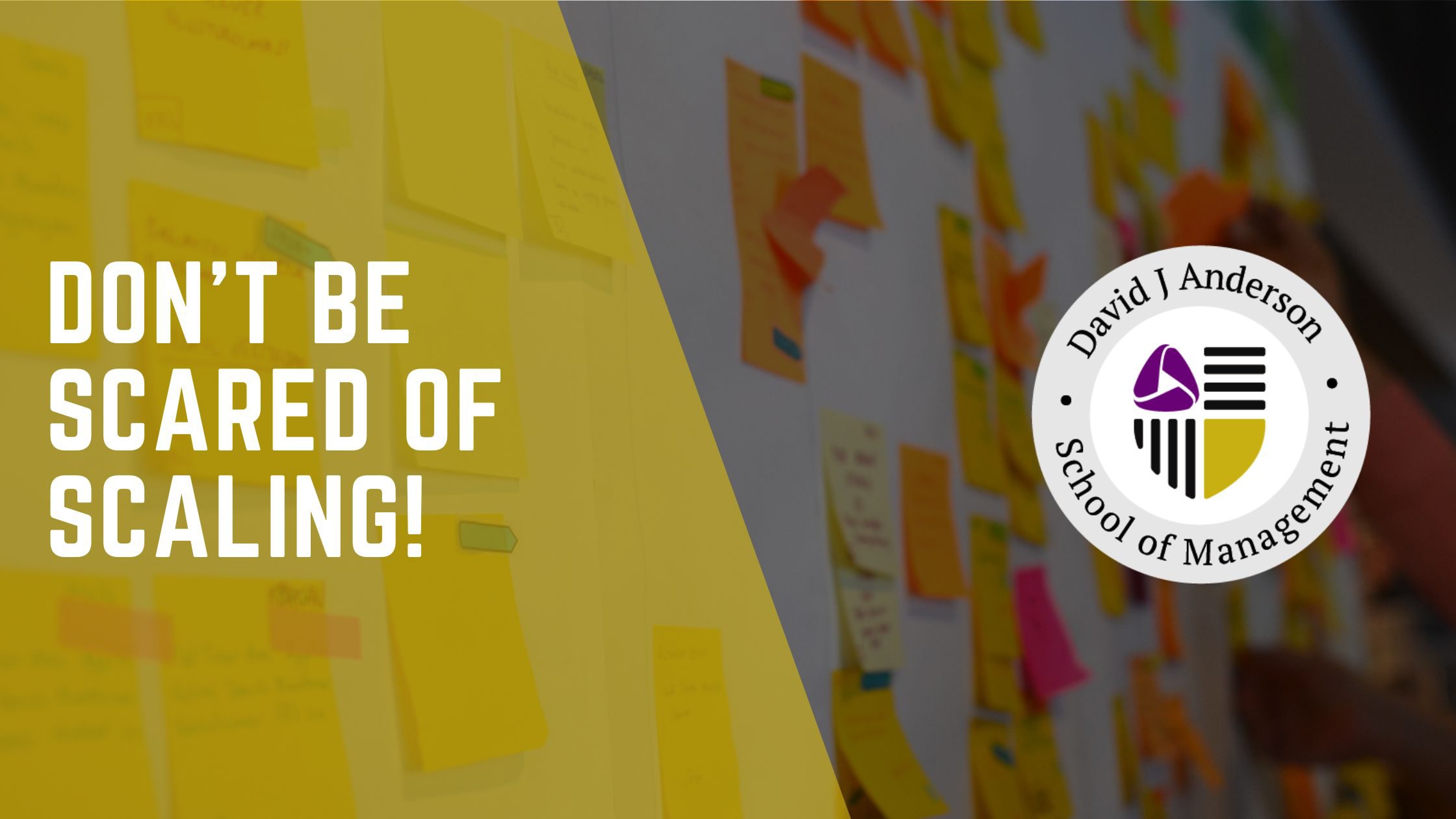Kanban at Scale – How our Guidance has Changed
Since the early days of the Kanban Method our guidance on where to start in your organization has been consistent – start with a customer facing service! Why?
Old news: Start with a customer-facing service
With a customer-facing service you have the opportunity to refute demand – to say “no”. This means that a full triage of “now” (in current WIP); “later” (deferred until capacity is available); and “not at all” is possible. This is necessary in order to balance demand against your capability to supply and to relieve the delivery workflow of overburdening. You need to do this in order to improve flow efficiency, shrink lead times and improve predictability (thin-tailed lead time distribution).
Kanban at large-scale needs a different approach
However, our guidance for large-scale Kanban implementations has changed – what has changed and why did we change it?
We now recommend that large-scale implementations start with internal shared and platform services and leave customer-facing services until later.
What caused this change?
Primarily a highly impressive case study implementation from Mexico by Alejandro Rodriguez and Nacho Bassino of the travel firm Best Day. Partly due to political constraints Kanban coaching at Best Day was restricted to improving internal shared services – they had no ability to influence or change end-to-end customer-facing services. Despite this constraint, they succeeded in improving customer-facing services to maturity level 3 – fit-for-purpose – meeting customers’ expectations without actually acting directly on the customer-facing service delivery workflow. All of the improvements were achieved by improving lead times and predictability (thin tailed distributions) on the internal services.
Why is it easier to start inside?
Internal services are often quite small scale and typical Kanban implementation patterns for maturity levels 0 or 1 are sufficient, coupled to some simple metrics such as (internal-)customer lead time and system lead time, and the appropriate Kanban Cadences to provide the feedback to focus on blocking issues, escalate problems and trim the tail of the lead time distribution.
The benefits of starting on the inside
Now mix into this, elements of our dependency management solution, including capacity allocation providing guaranteed capacity for specific customer-facing services. The consequence is that delay drains out of the customer-facing service, flow efficiency improves, lead times shrink dramatically, and the true customer lead time distribution becomes thin-tailed and predictable. This is a achieved with a minimum of political disruption.
The organization improves from the inside-out!
New news: Inside-out is counter-intuitive.
This is counter to established lean manufacturing/Toyota Production System guidance that suggests you improve things outside-in and start with the customer. This serves to highlight yet again how the Kanban Method isn’t simply Lean repackaged, rather it stands on its own as a method for managing modern (professional) services businesses and has evolved its own unique set of practices and guidance.
Conclusions
Starting with a customer-facing service is never wrong advice. Eventually, you have to face the customer and implement triage if you are to balance the demand against capability and avoid overburdening your system. However, starting there in large-scale implementations can set the bar too high. Starting with a customer-facing service aspires to maturity level 3 (or even 4) straight away. However, you are more likely to be dealing with a maturity level 0 or 1 organization, and just taking it to maturity level 2 will be a challenge. You will make more headway faster focusing on internal services and building trust as you do so. Best Day has shown us that this technique works and can take the business all the way to maturity level 3 and beyond. The Kanban mantra that we should ¨be like water¨ and ¨go around the rock¨ would suggest that when the inertia of changing the interface with the customer, and changing the business model used with the customer, is too much too soon, then focusing on improving internal shared services and platform services, is a great way to make progress, build trust, and improve customer-facing services without any direct intervention.
Want to learn more? Join us for training!
Learn about the Kanban Method, the KMM, and more with our variety of training courses. Check out our schedule or contact us to find the right training for you.






I agree.
It’s the empirical implementation that I have seen in my contexts…
Great article and vision to alert and focus!